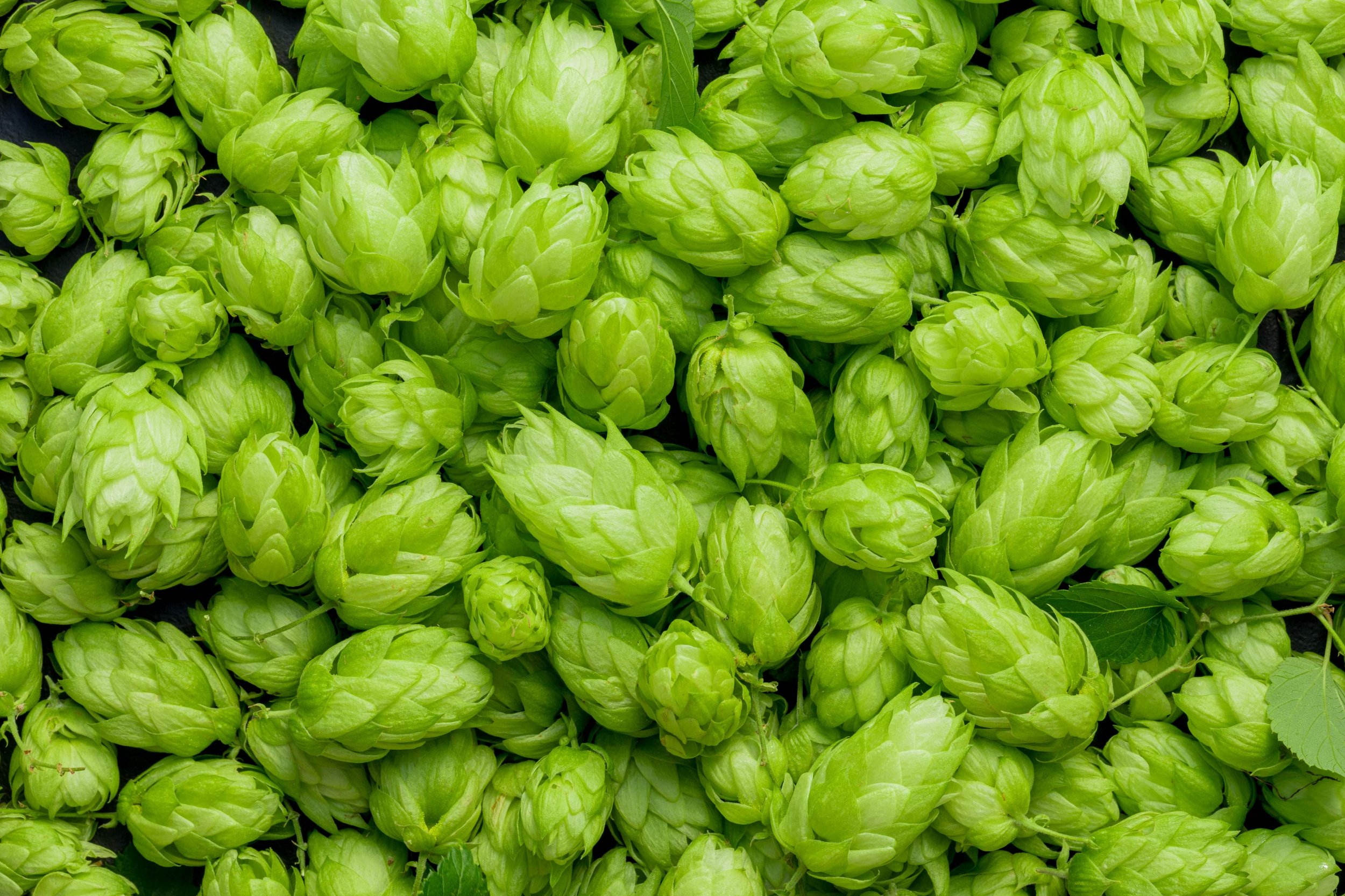Ale or Lager? How Brewing Defines Beer Styles
Dark Ale, Pale Ale, Pilsner, Stout – the world of beer styles can appear daunting. However, once you understand the fundamentals of the brewing process, navigating this diverse landscape becomes refreshingly simple.
The Beer Brewing Process: Step by Step
Beer is crafted from four essential ingredients: malted barley (or alternative grains), water, hops, and yeast. Each plays a crucial role in shaping the character and flavour of the final product. The brewing journey involves several distinct steps:
Grains (typically barley) are soaked, allowed to germinate, and then dried in a kiln. This malted grain is milled to break open the kernels.
Hot water is mixed with the milled malt to convert the grain starches into fermentable sugars, creating a sweet liquid called wort.
The wort is boiled and hops are added, giving beer its bitterness, aroma, and flavor.
The wort is cooled, yeast is added, and fermentation begins. Yeast converts sugars into alcohol (though not in non-alcoholic beers) and carbon dioxide.
After fermentation, the beer matures, allowing flavors to fully develop and the beer to clarify.
The final step is bottling, canning, or kegging the beer, ready to enjoy!
Variations in Brewing: Ales and Lagers
The diversity in beer styles arises primarily from differences in yeast strains and fermentation conditions. Here’s how it works:
Ales: Top-Fermentation
Ales are brewed using yeast strains that thrive at warmer temperatures between 15 – 25°C. During fermentation, these yeasts rise to the surface— hence the term “top-fermented.” This process typically creates beers rich in flavour, often characterised by fruity notes, bold aromas, and a robust profile that sets ales distinctly apart.
Brewed with lighter malts and a notable amount of hops, producing beers with varying bitterness and aromatic profiles.
Blonde Ale: Lightly malted and mildly hopped, resulting in smooth, subtle fruity notes.
India Pale Ale (IPA): Significant hop additions during brewing deliver pronounced bitterness and vibrant floral or fruity aromas.
New England IPA (NEIPA): Characterized by late and dry-hop additions, yielding juicy, fruity flavors with minimal bitterness and a cloudy appearance.
Brewed using darker roasted malts, resulting in richer flavors and darker colors.
Porters: Moderately roasted malts create balanced bitterness with chocolate and caramel notes.
Stout: Heavily roasted malts produce deep coffee and chocolate flavors, with a creamy and fuller body.
Brewed with significant wheat content, resulting in refreshing, cloudy beers with distinctive flavors.
Weizen (German Wheat Beer): High wheat malt content and unique yeast create banana and clove-like aromas.
Witbier (Belgian Wheat Beer): Includes wheat and spices like coriander and orange peel, providing refreshing, citrusy, spicy notes.
These beers combine elements of ale and lager brewing, typically fermenting top-fermenting yeast at cooler temperatures.
Kölsch: Brewed using ale yeast at lower temperatures, creating a clean, crisp beer with subtle fruitiness.
Altbier: Brewed similarly, but using darker malts to achieve an amber color and malt-forward, balanced taste.
Traditional Belgian beers brewed using distinctive yeast strains that impart complex, fruity, and spicy flavors.
Dubbel: Dark malts and specific yeast yield a rich malt sweetness with dried fruit notes.
Tripel: Brewed with pale malts and higher alcohol content, producing fruity and spicy flavors.
Quadrupel: Highest malt intensity and alcohol content, offering complex flavors of dark fruits and caramel.
Created using wild yeast or specific bacteria to produce tart, acidic flavors through a fermentation process known as spontaneous or mixed fermentation.
Lagers: Bottom-Fermentation
Lagers are brewed with yeast strains that prefer cooler fermentation temperatures between 4 – 12°C. Unlike ales, lager yeast settles at the bottom during fermentation—hence the term “bottom-fermented.” This cooler, slower process produces beers admired for their clean, crisp, and refreshing character. Expect subtle malt flavours complemented by balanced hop notes, resulting in a smooth, clear taste that’s easy to enjoy.
Pale malt base with generous hops creates pronounced bitterness and refreshing qualities.
Brewed similarly but with less hopping, emphasizing smooth, malt-driven flavors with a clean finish.
In Summary: Cheers to Clarity!
Understanding how beer is brewed — from malting grains to packaging the final product — helps you appreciate what makes each beer unique. Whether it’s a fruity, robust ale or a clean, refreshing lager, the key lies in the subtle interplay of yeast, temperature, and ingredients. When it comes to non-alcoholic beers, the craftsmanship stays the same - it’s the process of dealcoholisation that makes all the difference.

